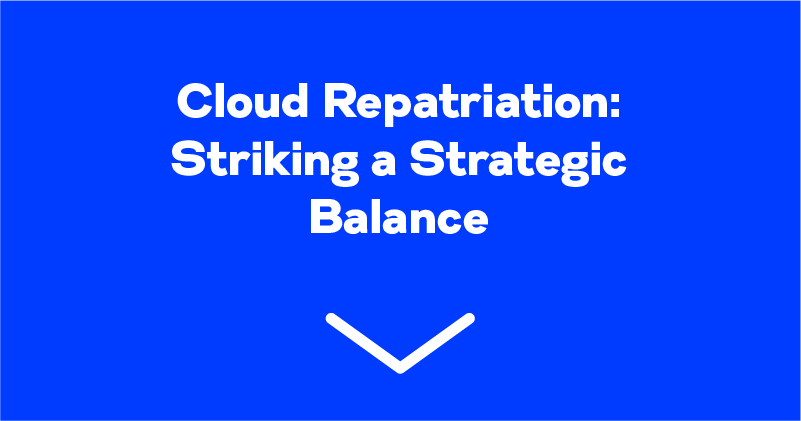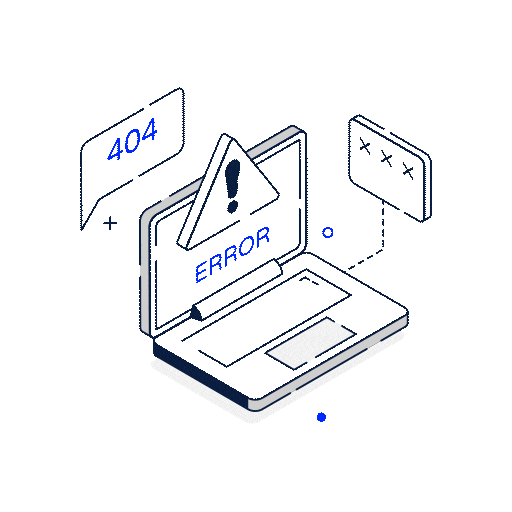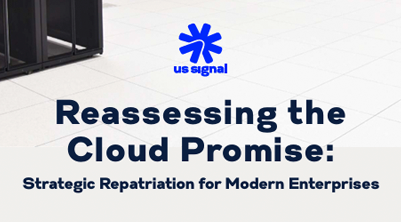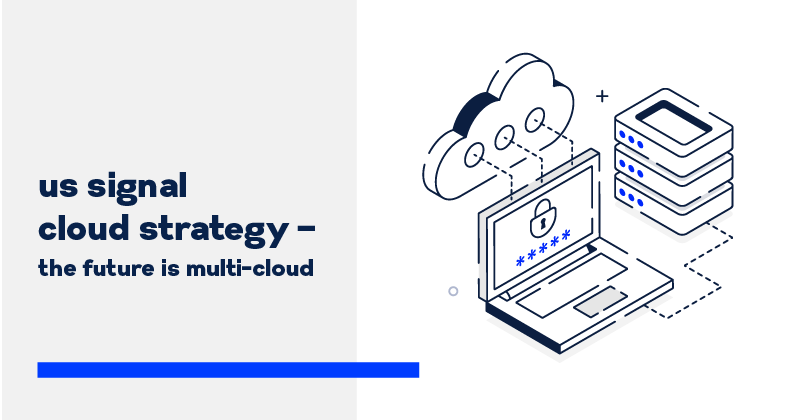
Menu
Public Cloud Repatriation
Take back control, cut costs, and rethink your cloud environment
What Happens When Public Cloud Stops Working for You?
Understanding Public Cloud Repatriation and When It Makes Sense
Public cloud helped you move fast. It offered flexibility, accelerated deployments, and removed the burden of managing physical infrastructure. But over time, many organizations discover the downsides. Costs grow, performance becomes inconsistent, and managing everything across multiple platforms adds complexity. You may find you’re spending more without getting the expected return.
That’s where public cloud repatriation comes in.
Repatriation means moving specific workloads, applications, or data out of the public cloud and into an environment that better fits your needs. This could be a private cloud, a hybrid model, colocation, or on-premises infrastructure. The goal isn’t to abandon cloud entirely. It’s to place each workload where it runs most efficiently, securely, and cost-effectively.
CLOUD COST COMPARISON CALCULATOR
Before you move workloads, see the cost difference with our calculator.
Run The NumbersWhy Organizations Are Repatriating
There’s no one reason companies make the move. Here are some of the most common:

Rising Costs
Usage-based pricing, surprise fees, and data egress charges add up fast.

Performance Issues
Shared environments can lead to performance issues for mission-critical workloads.

Security & Compliance Concerns
Regulated industries often need more control and visibility than shared environments allow.

Vendor Lock-in
Relying on proprietary tools and services can limit flexibility and make future changes costly.
Solution: Move Workloads Where They Perform Best
Public cloud repatriation allows you to take back control—moving select workloads to infrastructure that aligns with your business, technical, and financial goals.
US Signal helps IT leaders evaluate existing cloud usage and repatriate workloads that are better suited for:
- Private Cloud: For predictable workloads that benefit from reserved resources and fixed pricing
- Hybrid Cloud: For balancing performance, security, and scale across multiple environments
- Colocation or On-Premises: For systems with strict compliance or hardware requirements
With a flexible IaaS platform like OpenCloud, you can transition off the public cloud without disruption—while gaining better visibility, security, and cost control.
How to Know If Repatriation Is Right for You
Ask yourself:
- Are you paying more for cloud than you expected?
- Are there workloads running 24/7 with steady usage?
- Are you limited by your provider’s tools or ecosystem?
- Is your team struggling with visibility or control?
- Do you have compliance requirements public cloud can’t meet?
If you answered “yes” to any of these, it’s time to reevaluate your strategy.
Common Questions About Cloud Repatriation
Why are companies moving away from public cloud?
Many organizations are seeing costs rise and performance drop. Others are running into compliance challenges or want more control over their infrastructure.
What workloads are best suited for repatriation?
Steady-state workloads, data-heavy applications, and systems with strict compliance needs are often better candidates for private or hybrid environments.
Does repatriation mean giving up the cloud?
No. It means placing each workload in the environment that makes the most sense. In most cases, a hybrid cloud model works best.
Is it hard to repatriate workloads?
Not with the right partner. US Signal provides assessments, planning, and migration support to ensure a smooth and strategic transition.
Can US Signal help us decide what to repatriate?
Yes. We can analyze your current environment and help you build a roadmap based on performance, cost, and business needs.
Let’s Find the Right Fit for Your Workloads
Public cloud isn’t always the best long-term strategy. If you’re ready to explore new options, US Signal can help. Our team will work with you to evaluate your current environment and show you what’s possible.

Related Resources




